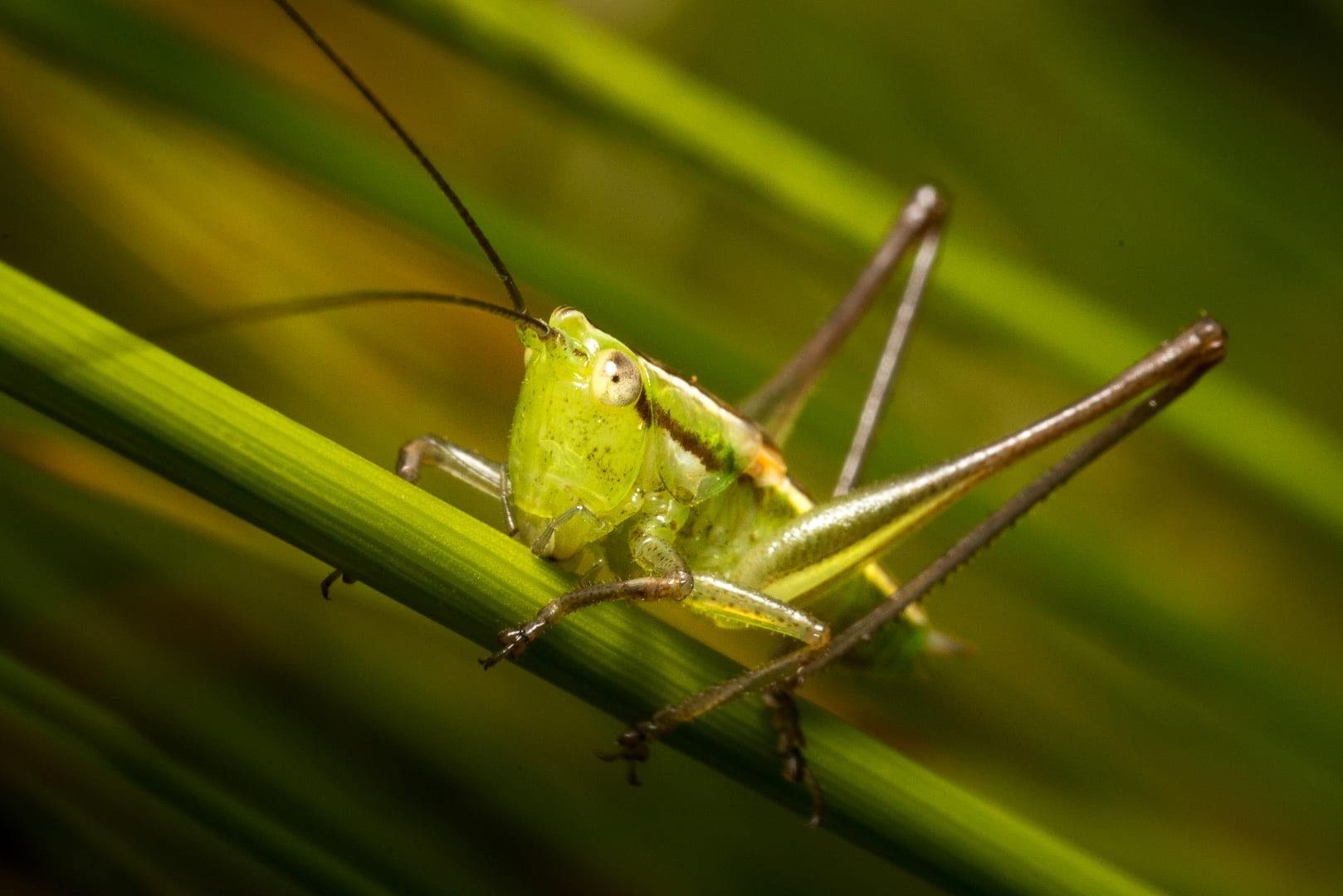Kia ora koutou
This week the Parliamentary Commissioner for the Environment put out an important report on the need for Aotearoa New Zealand to put more effort into gathering and monitoring data about our environment.
Read an accessible summary of its findings by Eloise Gibson
There is a paucity of data worldwide in many environmental fields, and one area that has received recent attention is around the reported global insect decline, part of a global biodiversity crisis. Jono Barnsley is another of our MacDiarmid interns, who did his project in collaboration with Ken Hughey and John Roche on whether the internationally reported ’Insect Armageddon’ is an issue in Aotearoa New Zealand.

Dr Jono Barnsley
This has been submitted to a peer-reviewed journal and written up as a more accessible piece, which I have included below for this month’s reflection. Check back to our interns page for the more academic version which we will include once it is published.
Thanks so much Jono, for all your work on this topic, and again to the MacDiarmid Institute and all the researchers and policy folk, especially Eric Edwards from DOC who invested time in helping Jono straddle the science-policy interface in an important area.
We haven’t said goodbye to Jono yet as he is staying on for a few months to help us finish the plastic report and work on the plastics web portal.
Have a good week everyone.
Ngā mihi

Currently there is no concerted effort to measure terrestrial insect health in Aotearoa. So how do we effectively protect something we don’t measure?
Following high profile international reports of an “insect apocalypse”, we have had a look at what is known about the potential existence of terrestrial insect decline or ‘insectageddon’ in Aotearoa – New Zealand. Given the implications of some reports, it is important to know what is happening here. And to put it simply, we don’t really know, which leaves the burning question: if we don’t have good measures, how are we supposed to effectively protect Aotearoa’s insects?
A recent global assessment of biodiversity report estimated that 10% of all insect species are threatened with extinction. That’s about 500,000 species. To put it in perspective, that is more species than there are humans in Wellington. ‘Insectageddon’ threatens a staggering number of species and if they go extinct, there is no way to get them back.

A grasshopper found near Arthurs Point, Queenstown. Credit: Jono Barnsley.
Insects aren’t just curious things to look at, they are key parts of every ecosystem. They are often small and sometimes seem insignificant, but collectively, insect biodiversity is essential to forming resilient ecosystems. Without insects we wouldn’t survive. They play roles in the environment such as pollination and soil formation, dealing with animal waste and providing food for other creatures. They benefit us directly too. Think of the domestic honeybee (Apis melifera). This one species benefited New Zealanders by producing NZ$348 million worth of pure honey exports in 2018; and this doesn’t factor in the critical importance of pollination by honeybees to plant life and our agricultural system more widely. Insects also contribute to the cultural fabric of our society through species such as te āwheto (vegetable caterpillar fungus, Cordyceps robertsii) which was used as an ingredient for tā moko. Given the benefits of insects, it is clear that we need measures of the health of their populations. But, how do we do that?
One way to get an overview is to analyse the New Zealand Threat Classification System (NZTCS) database. Currently there are around 1,400 terrestrial insect species assessed by experts in the NZTCS, and 54% of these species are assessed as ‘threatened’ or ‘at risk’. At first glance this might indicate that most of our native insect fauna are under pressure, and ‘insectageddon’ has reached our shores. But it isn’t this straightforward. There are around 11,000 documented terrestrial species in Aotearoa and only 13% have been assessed, so the NZTCS is not yet the robust measure of insect health that we need.
To fill these gaps in knowledge and get a better overview, entomologists and ecologists suggest two general approaches: use historic data sets to identify trends in the short-term and find new tools to make measuring insect ecology and composition easier in the medium- to long-term. This will build the knowledge base which is currently limited to a small number of taxonomic groups, time periods and locations in Aotearoa. It is important to clarify if the declines that have been reported so far are representative of all the insect fauna, or if they are isolated cases. These fundamental studies will give us data to more accurately and more completely build the NZTCS.
Specialists that we interviewed pointed out there is a wealth of historic collections and records that are available in Aotearoa. In most cases, these historical datasets haven’t yet been fully utilised. They can be analysed using data-science approaches to explore historic trends as long ago as 100 years, and can be expanded by carrying out repeat surveys to explore how things are changing. This type of work wouldn’t be suitable in the long-term to monitor insect health, but it would give a ‘snapshot’ for some taxonomical groups in the short-term. Using this information, groups of insects can be identified that might be particularly at risk, giving clues as to what the drivers of trends may be.
Progress in genetic sequencing and artificial intelligence (AI) will help. If they can be used to cost-effectively monitor wider taxonomic groups or locations, our ability to measure and protect Aotearoa’s insect fauna improve. For example, a genetic technique called ‘meta-barcoding’ can provide a rapid measure of the number of species present in soil or leaf litter (often called eDNA). In addition, AI has been used to identify species by wingbeat frequency and cicada song using smartphones. What is exciting about this AI technology is that it will allow communities to generate measurements of insect health in ecosystems for which they are the stewards or kaitiaki. New research is needed to get these tools ready for use in Aotearoa, where our insects have unique characteristics compared to those overseas. This work would build on our comprehensive insect collections and taxonomy expertise, including that at the New Zealand Arthropod Collection.
One strength Aotearoa has is that many people and institutions are working on understanding the health of insect populations. These include universities, Crown Research institutes, Government departments and communities. This also brings problems such as competition for funding, mismatched research streams and data sets. To address this, we need an overall strategy across institutions and communities to ensure they are working together. When cooperation increases, so does our ability to respond to new ideas and innovations in fundamental research and citizen-based science. The strategy should be built from a foundation of co-design and co-implementation with Māori, Māori values and mātauranga Māori so that the te/nga aitanga-a-pepeke (the insect world) can be appreciated alongside biophysical science. Everyone we talked to was up for this challenge.
Kiwis love and appreciate Aotearoa’s natural environments. When insect populations in an environment are healthy, the environment is healthy too. To best look after Aotearoa’s terrestrial insects and its environments, we need better measurements of our environments and we need to know if ‘insectageddon’ is occurring here.
If you are still pondering the question: how do we effectively protect something we don’t measure? The simple truth is that we can’t. So perhaps it is time to start counting?
